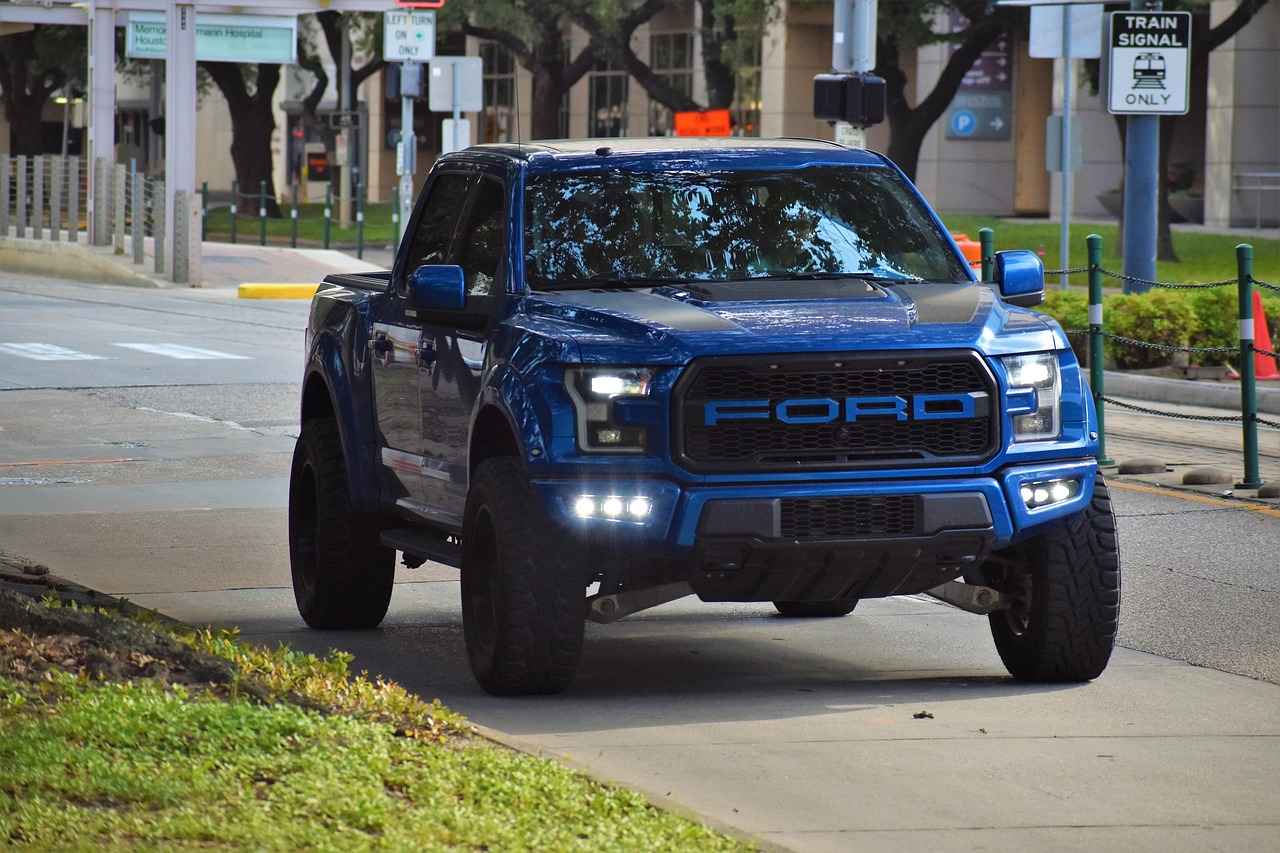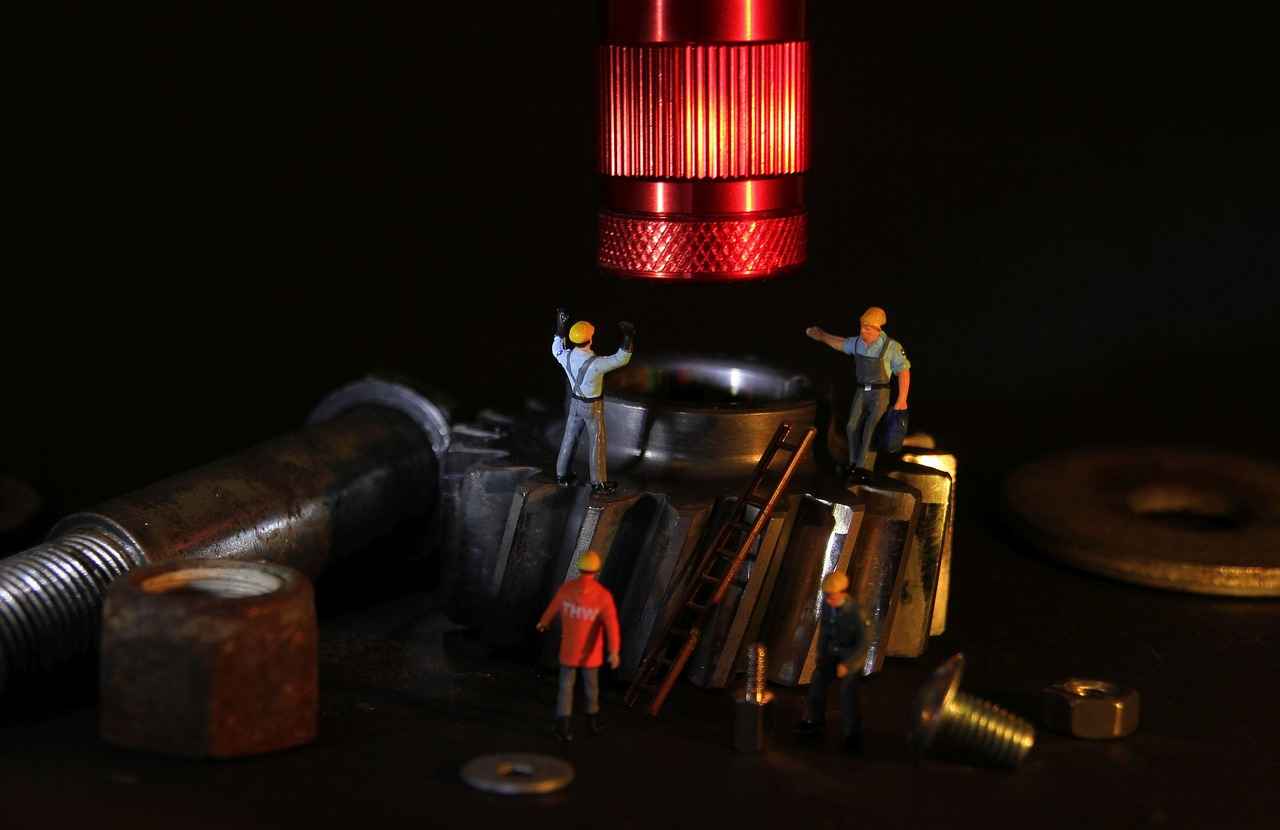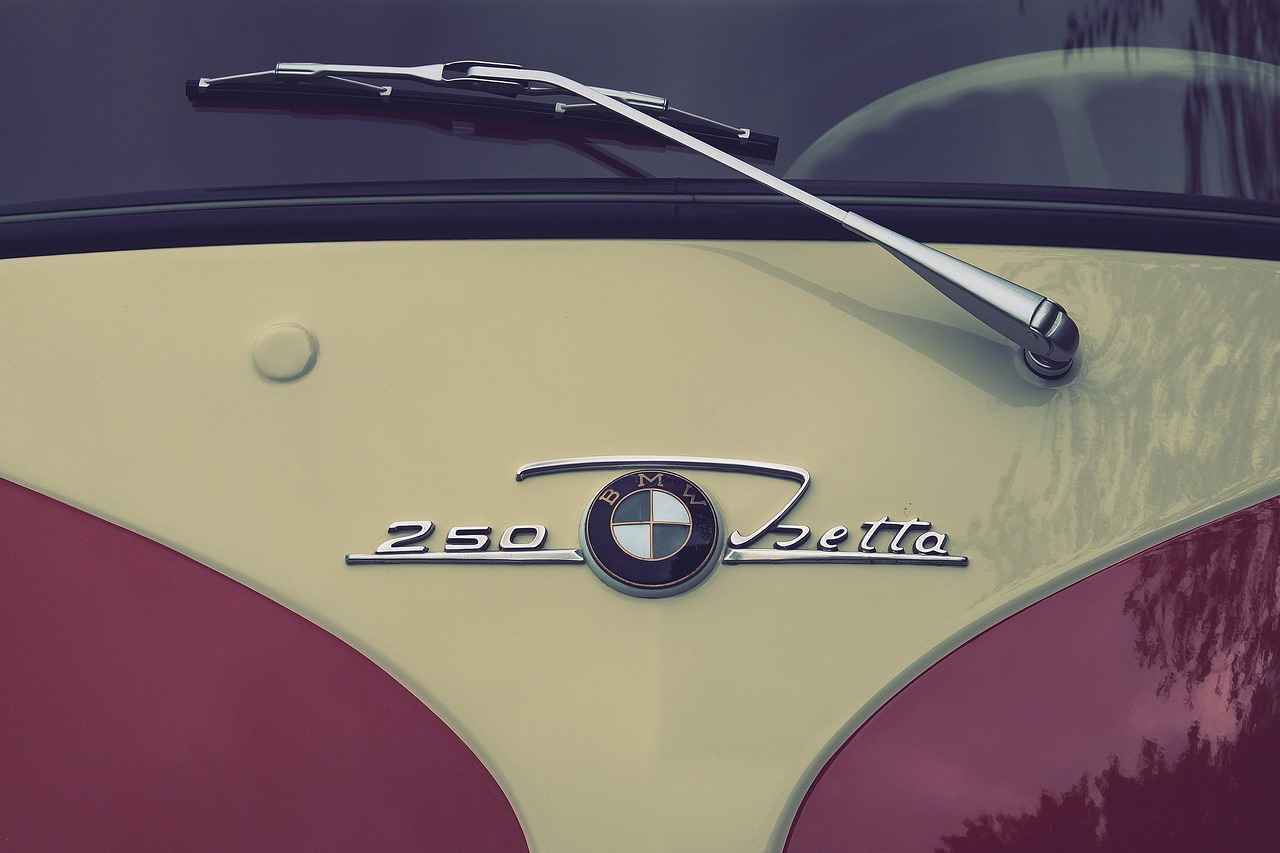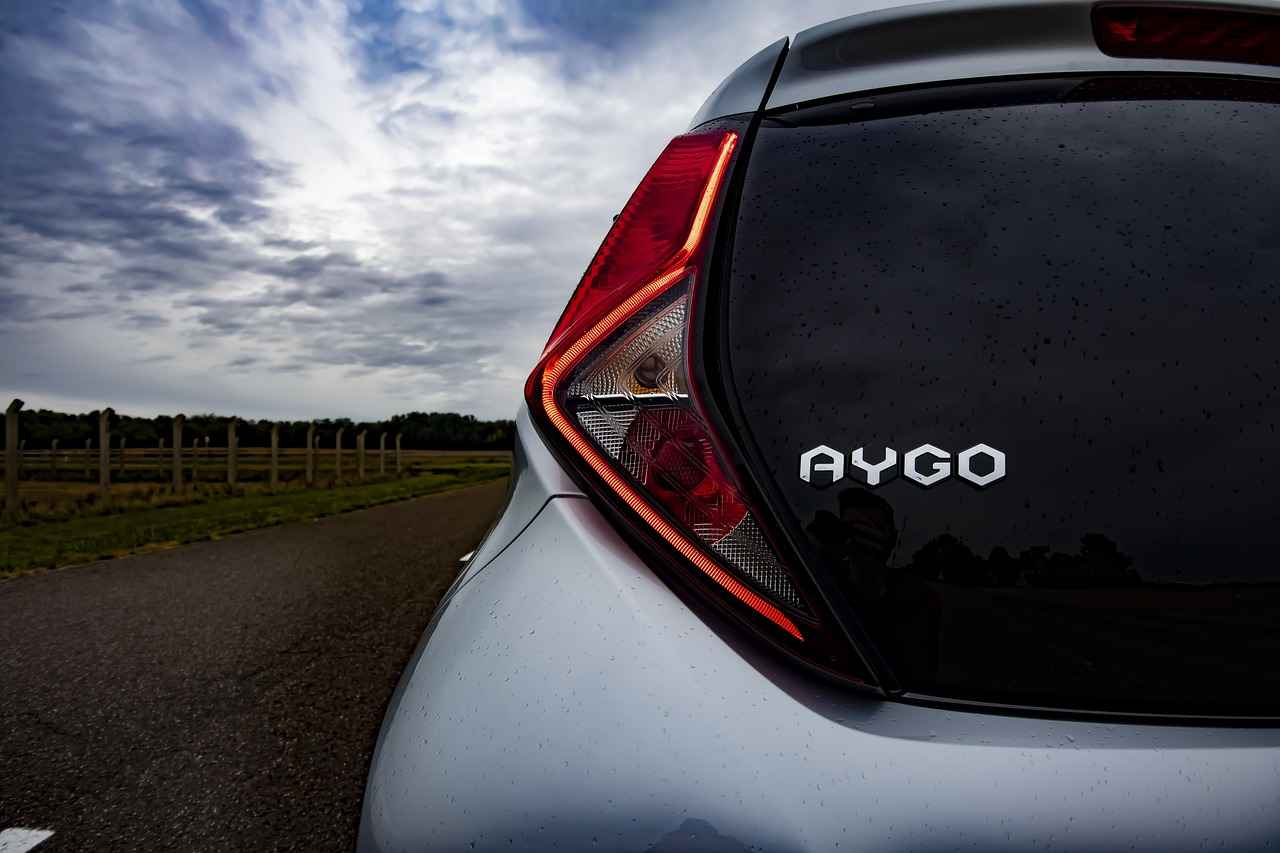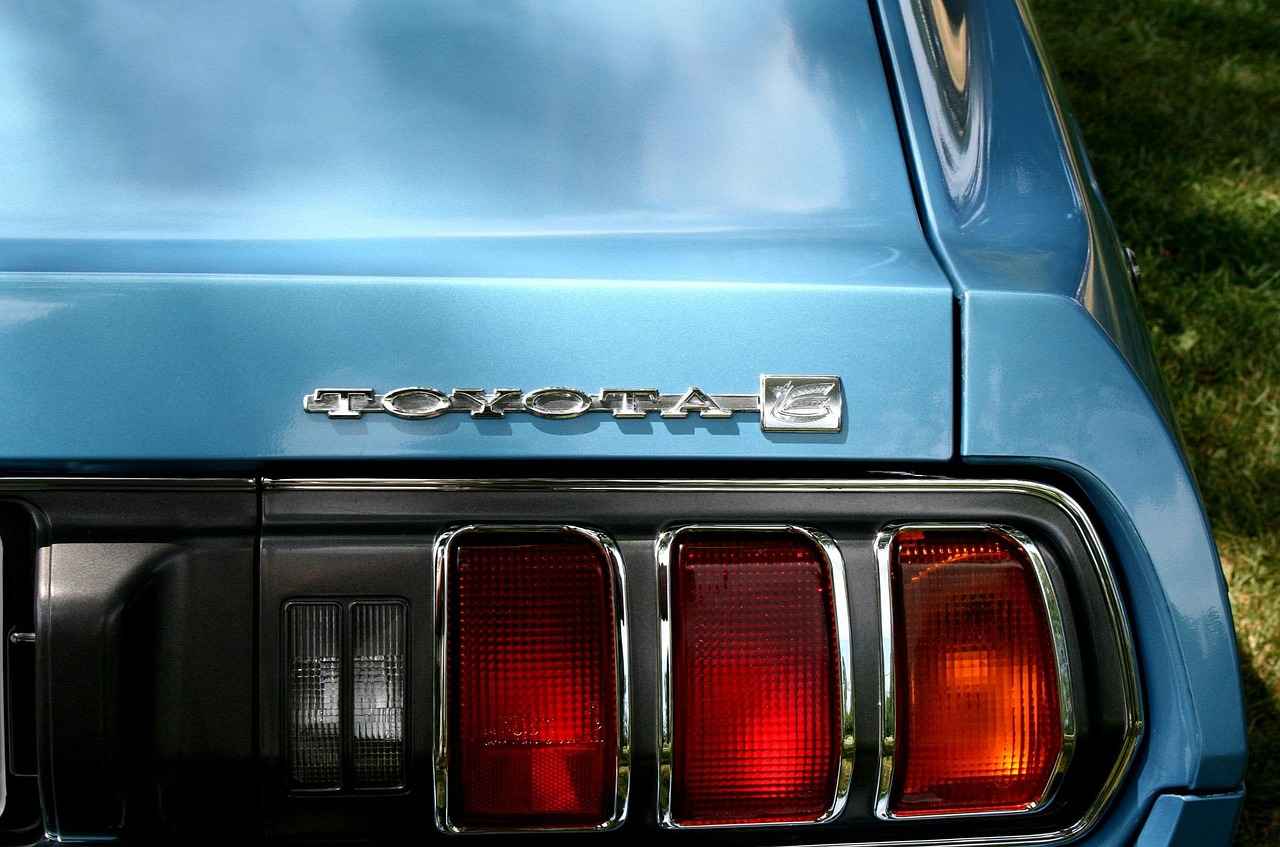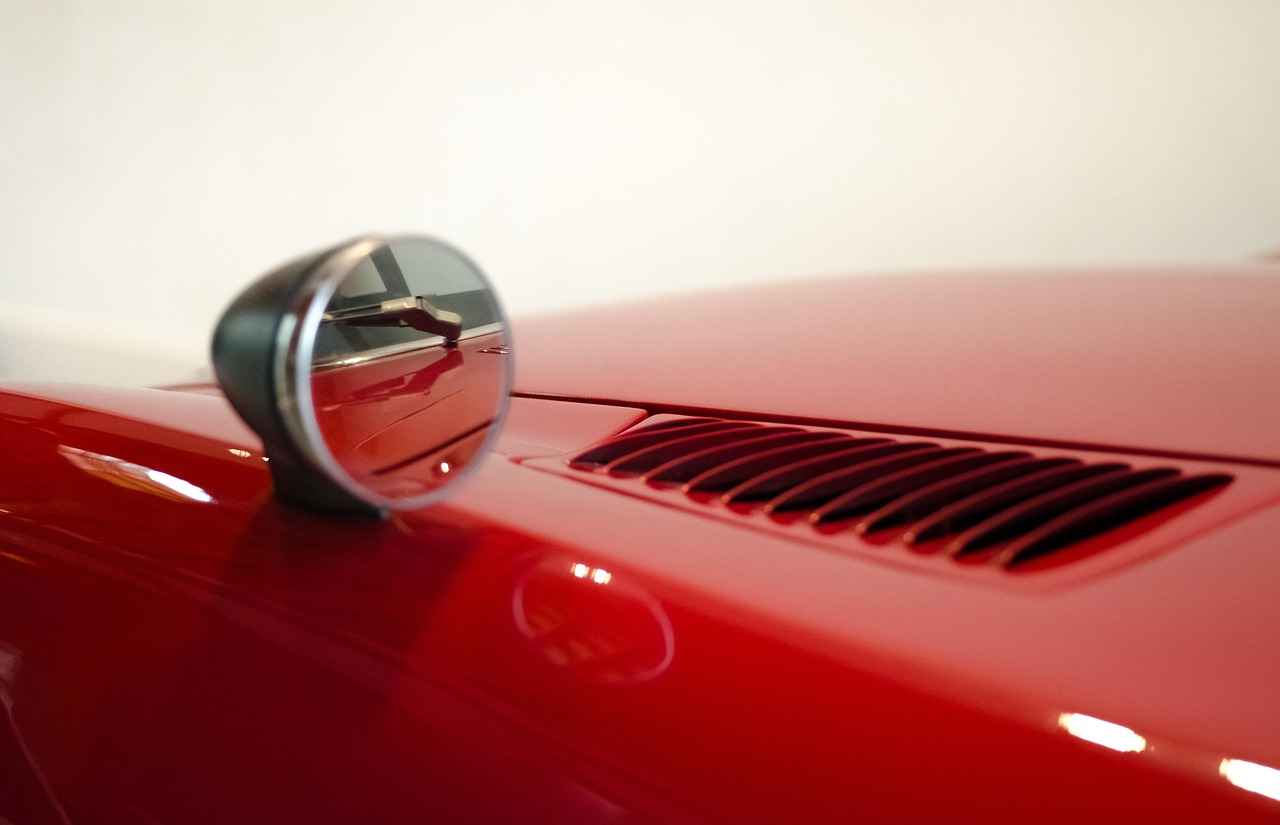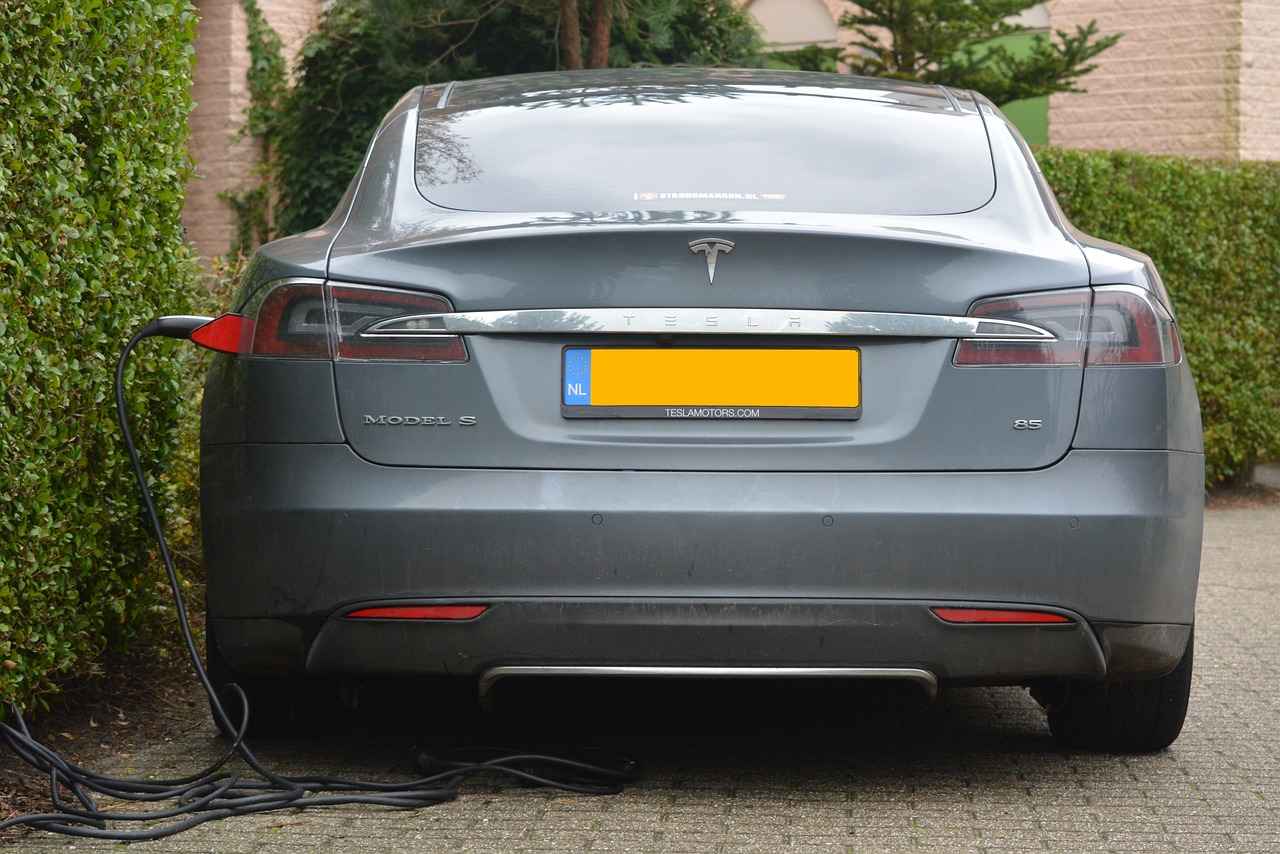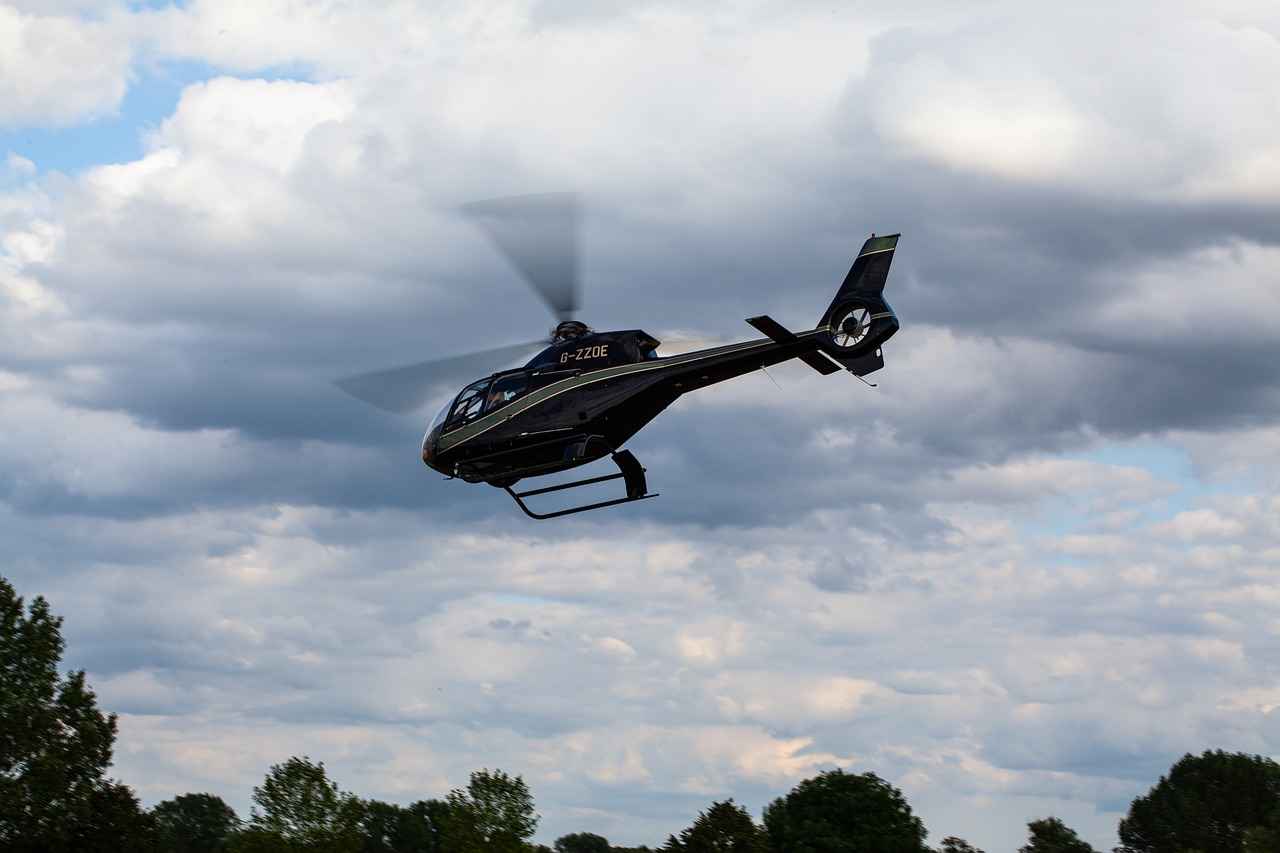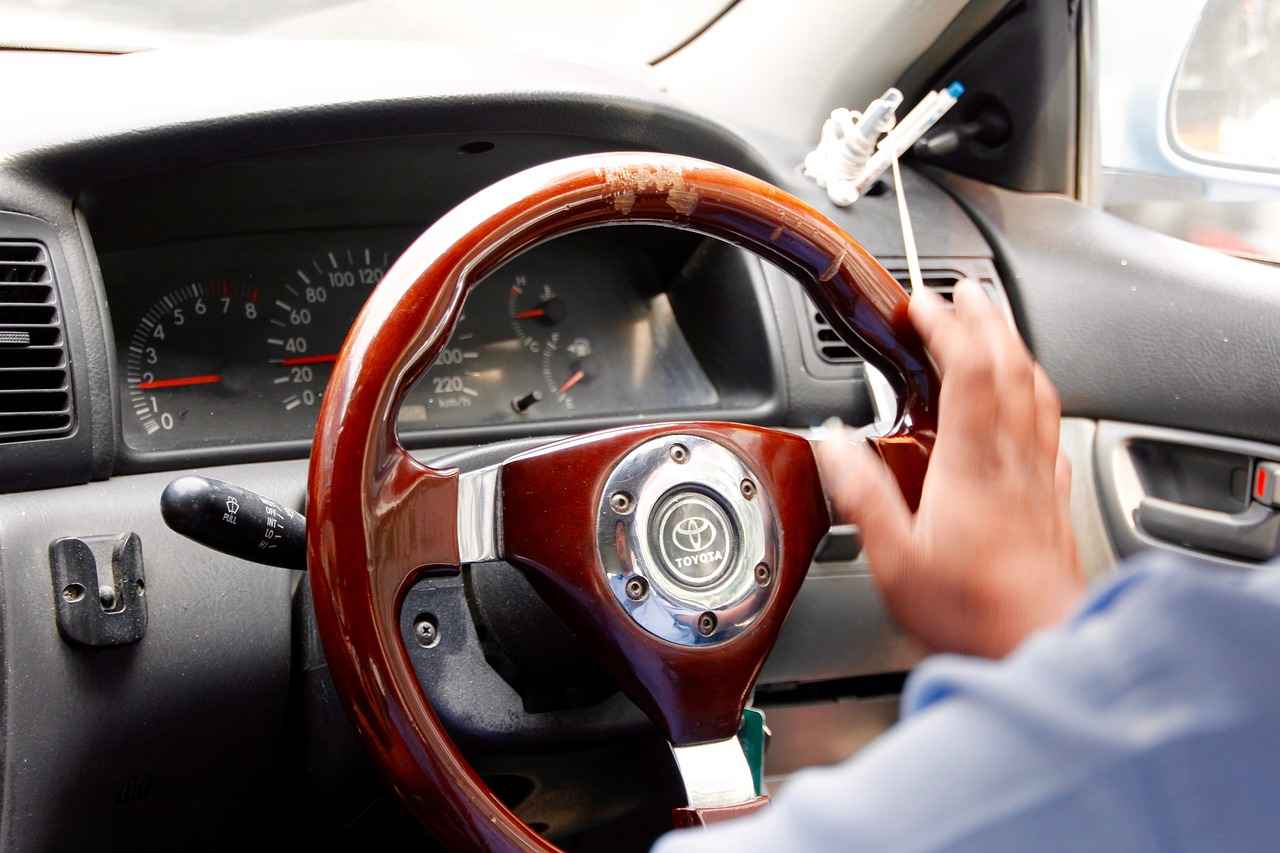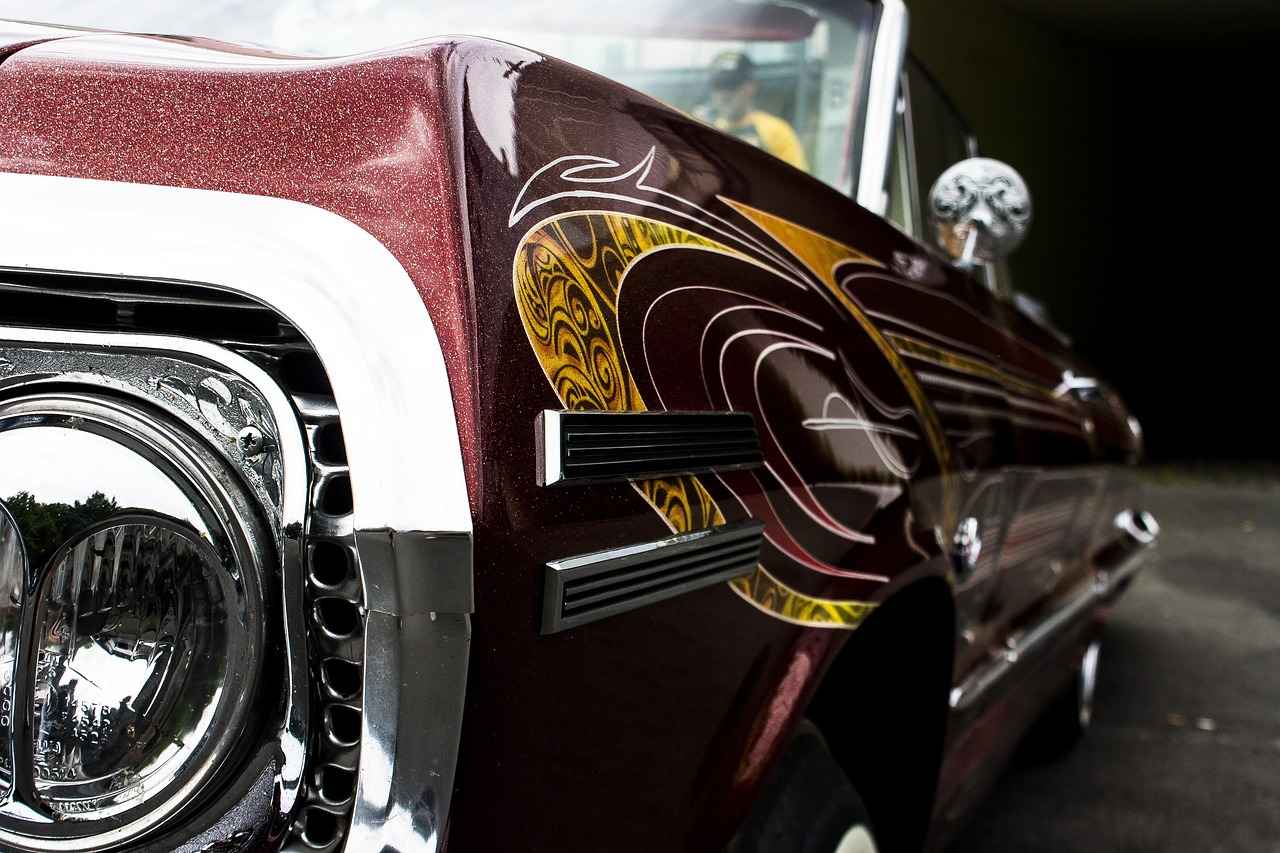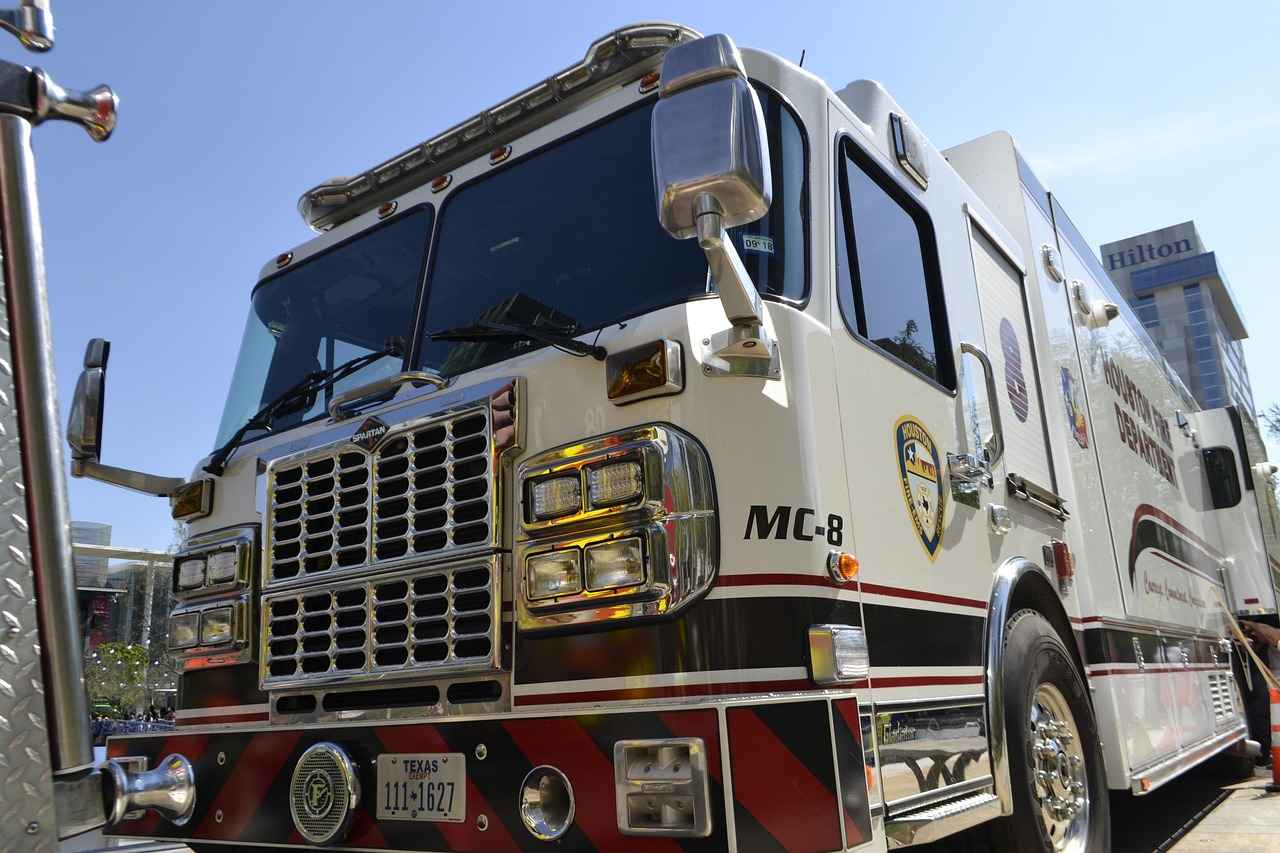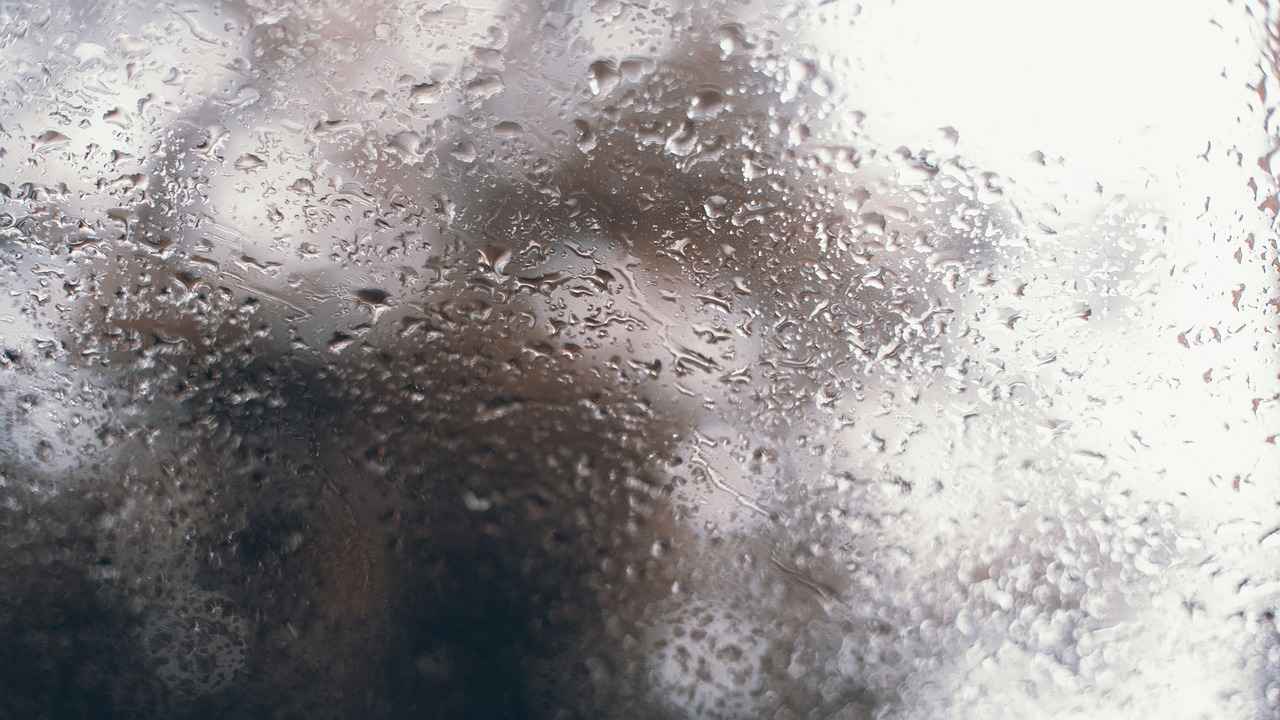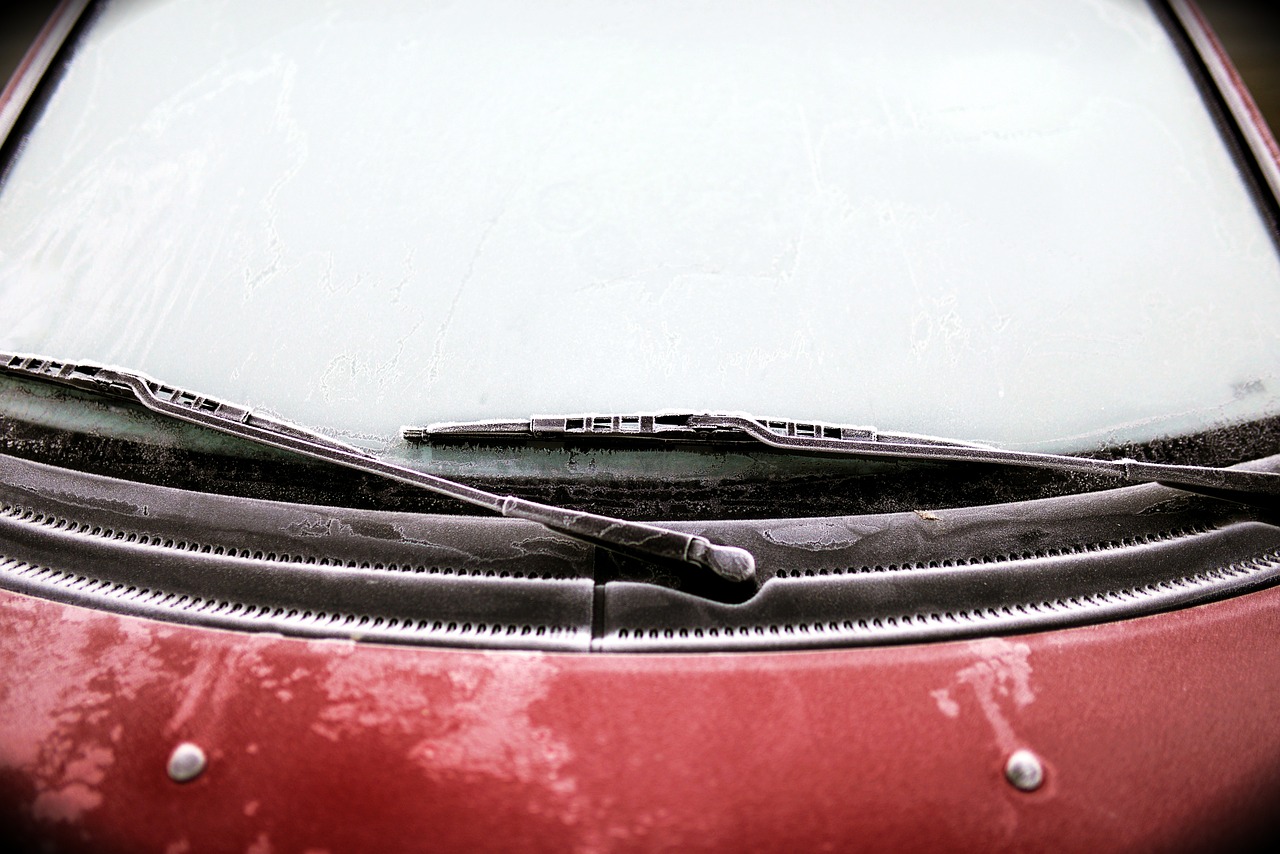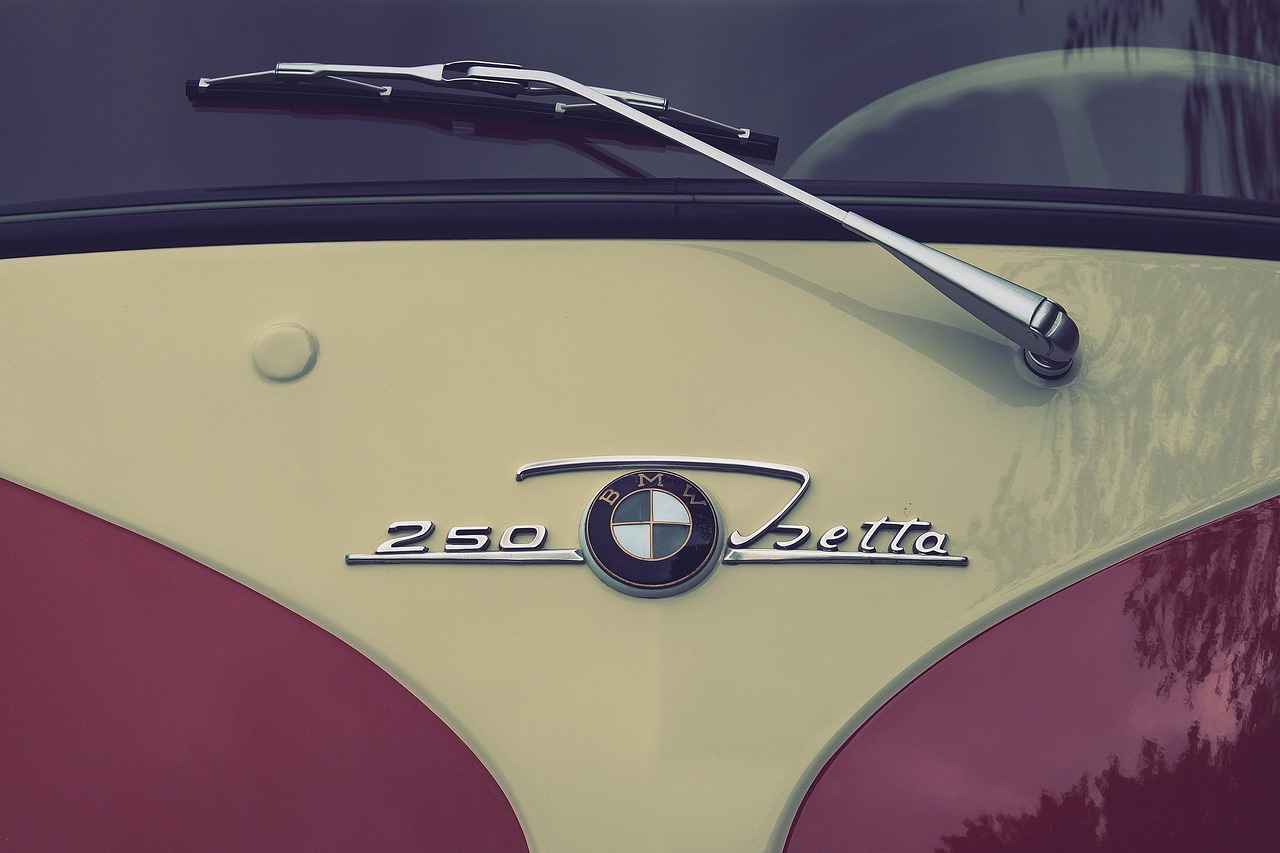This article explores the importance of windshield wipers, how often they should be replaced, and tips for maintaining optimal visibility while driving in various weather conditions.
Why Are Windshield Wipers Important for Safe Driving?
Windshield wipers play a crucial role in ensuring road safety. They are designed to enhance visibility by effectively clearing rain, snow, and debris from your windshield. This is especially vital during adverse weather conditions, where reduced visibility can lead to accidents. Regularly functioning wipers allow drivers to maintain a clear view of the road, thus significantly lowering the risk of collisions.
How Often Should You Replace Your Windshield Wipers?
To ensure maximum efficiency, it is recommended that windshield wipers be replaced every 6 to 12 months. However, this timeframe can vary based on factors such as usage frequency and environmental conditions. For instance, if you often drive in harsh weather or live in areas with extreme temperatures, you may need to replace them more frequently.
What Signs Indicate It’s Time to Replace Wipers?
- Streaking: If your wipers leave streaks on the windshield, it means the rubber blades are worn out.
- Skipping: Wipers that skip across the glass are no longer making proper contact.
- Squeaking Sounds: Unusual noises during operation can indicate deterioration of the wiper material.
How Weather Conditions Affect Wiper Lifespan
Extreme weather conditions can greatly impact the lifespan of windshield wipers. UV rays from sunlight can cause the rubber to deteriorate, while cold temperatures can make the material brittle. Regular exposure to rain and snow also contributes to wear and tear, necessitating more frequent replacements. Therefore, being aware of your local climate can help you better manage your wiper maintenance schedule.
Can Regular Maintenance Extend Wiper Lifespan?
Yes, simple maintenance practices can significantly extend the life of your windshield wipers. Regularly cleaning the blades and the windshield can prevent dirt and grime buildup, which can cause damage over time. Additionally, inspecting the wipers for any signs of wear can help you catch issues before they become significant problems.
What Types of Windshield Wipers Are Available?
There are several types of windshield wipers available, including:
- Traditional Frame-Style Wipers: These are the most common type, featuring a metal frame that holds the rubber blade.
- Beam-Style Wipers: These are designed without a frame, providing a more aerodynamic shape that hugs the windshield better.
- Hybrid Wipers: Combining features of both traditional and beam-style wipers, these offer enhanced performance and durability.
Where to Buy Quality Windshield Wipers?
Quality windshield wipers can be purchased at various locations, including auto parts stores, online retailers, and directly from dealerships. It is important to choose wipers that are compatible with your vehicle to ensure optimal performance. Many retailers offer a range of options to fit different budgets, so you can find a suitable choice without sacrificing quality.
How to Install Windshield Wipers Yourself?
Installing windshield wipers can be an easy DIY task. Most wipers come with clear instructions, and the process generally involves:
1. Lifting the wiper arm away from the windshield.2. Pressing the release tab to detach the old wiper.3. Aligning the new wiper and clicking it into place.4. Lowering the wiper arm back onto the windshield.
What Are the Costs Associated with Wiper Replacement?
The costs for replacing windshield wipers can vary widely based on the brand and type of wiper you choose. On average, you can expect to spend anywhere from $10 to $30 per wiper. If you opt for professional installation, additional labor costs may apply. Understanding these costs can help you budget effectively for your vehicle maintenance.

Why Are Windshield Wipers Important for Safe Driving?
Windshield wipers play a critical role in maintaining safety on the road. When rain, snow, or debris obstructs the driver’s view, windshield wipers work diligently to enhance visibility. Their importance cannot be overstated, as they are essential for preventing accidents and ensuring a safe driving experience.
During inclement weather, visibility can drop dramatically. Without functioning wipers, drivers may struggle to see the road, other vehicles, and pedestrians. This can lead to serious accidents. In fact, studies have shown that a significant percentage of accidents occur in adverse weather conditions, where poor visibility is a contributing factor. Thus, ensuring that your windshield wipers are in good condition is paramount for road safety.
Windshield wipers are designed to clear away various elements that can obstruct a driver’s view. These include:
- Rain: Heavy rainfall can create a curtain of water that makes it difficult to see.
- Snow: Accumulations of snow can block visibility and require effective wiper action.
- Debris: Leaves, dirt, and other particles can obscure the windshield and must be removed.
Moreover, modern windshield wipers are equipped with advanced features that enhance their effectiveness. For instance, many vehicles now come with rain-sensing technology that automatically adjusts the wiper speed based on the intensity of the rain. This feature not only improves visibility but also reduces driver distraction, allowing for a more focused driving experience.
It is also essential to recognize that worn-out wipers can do more harm than good. Old or damaged wiper blades may smear water instead of clearing it, leading to further visibility issues. This is why regular inspection and timely replacement of wipers are necessary.
In summary, windshield wipers are not just a convenience; they are a necessity for safe driving. By ensuring that your wipers are functioning correctly and replacing them when necessary, you significantly enhance your safety on the road. Remember, a clear view is critical for making informed driving decisions, especially in challenging weather conditions.
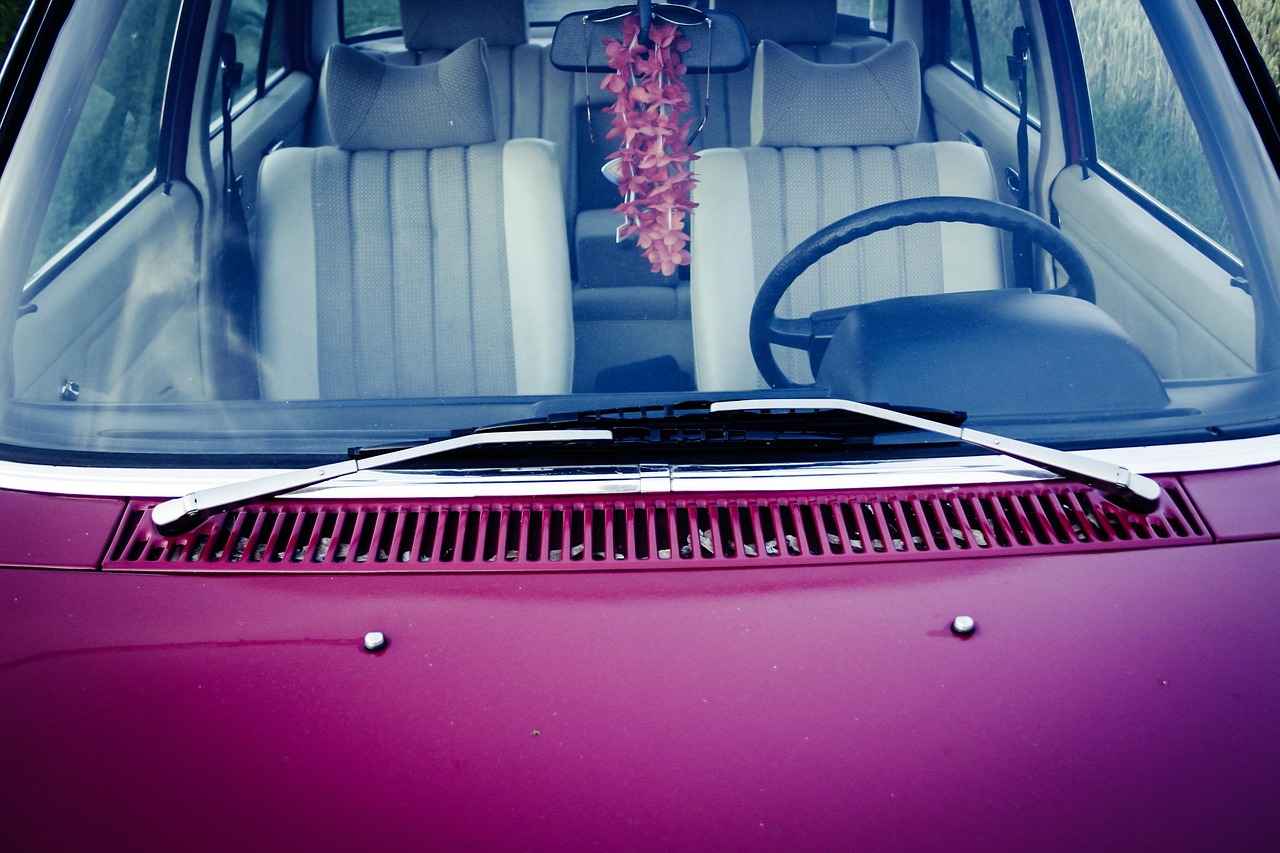
How Often Should You Replace Your Windshield Wipers?
Windshield wipers are a critical component of vehicle safety, yet their importance is often overlooked. Knowing when to replace them can significantly enhance your visibility and overall driving safety. Generally, it is recommended to replace windshield wipers every 6 to 12 months. However, this frequency can vary based on several factors, including usage and environmental conditions.
Why Is Regular Replacement Necessary?
Windshield wipers are designed to clear your view of rain, snow, and debris. Over time, the rubber blades can wear down, leading to reduced effectiveness. If you notice that your wipers are leaving streaks or failing to make proper contact with the windshield, it is time to consider a replacement. Regularly replacing your wipers not only ensures clear visibility but also enhances your safety on the road.
What Factors Influence Replacement Frequency?
- Usage: If you frequently drive in rainy or snowy conditions, your wipers may wear out faster.
- Climate: Extreme temperatures can affect the lifespan of the wipers. For example, hot sun can cause the rubber to crack, while cold temperatures can make it brittle.
- Quality: Higher-quality wipers may last longer than budget options, making them a worthwhile investment.
Signs It’s Time to Replace Your Wipers
Besides the general timeline, there are specific signs that indicate your windshield wipers need replacement:
- Streaking: If your wipers leave streaks on the glass, it means the rubber is worn out.
- Skipping: Wipers that skip across the windshield instead of gliding smoothly are ineffective.
- Squeaking: Any unusual noises during operation can indicate that the rubber is damaged.
Maintaining Your Windshield Wipers
While replacing your wipers is essential, proper maintenance can extend their lifespan. Here are some practical tips:
- Clean the Blades: Regularly wipe the rubber blades with a damp cloth to remove dirt and debris.
- Inspect the Windshield: Keeping your windshield clean can reduce wear on the wipers.
- Store Your Vehicle Indoors: If possible, park your car in a garage to protect the wipers from harsh weather conditions.
Choosing the Right Wipers for Your Vehicle
When it comes to selecting windshield wipers, there are various types available:
- Traditional Frame-Style Wipers: These are the most common and are generally less expensive.
- Beam-Style Wipers: These offer better performance in severe weather due to their flexible design.
- Hybrid Wipers: Combining features of both frame and beam wipers, these provide excellent visibility and durability.
Where to Purchase Quality Windshield Wipers?
Quality windshield wipers can be found at auto parts stores, online retailers, and dealerships. Make sure to choose a reputable brand that fits your vehicle’s specifications.
DIY Installation of Windshield Wipers
Replacing your windshield wipers can be a simple DIY task. Most wipers come with easy-to-follow instructions. By learning how to install them yourself, you can save both time and money.
Understanding the Costs of Wiper Replacement
The cost of windshield wiper replacement varies based on the type and brand you choose. Budget options may start as low as $10, while premium models can cost $30 or more. Consider whether you will install them yourself or opt for professional installation, as this will also affect overall costs.
What Signs Indicate It’s Time to Replace Wipers?
When it comes to ensuring a safe driving experience, windshield wipers play a crucial role. They are your first line of defense against rain, snow, and debris that can obstruct your view. However, like any other component of your vehicle, they have a limited lifespan and require regular attention. One of the most important aspects of maintaining your windshield wipers is knowing when to replace them. This guide will help you identify the signs that indicate it’s time for a replacement.
Identifying clear indicators for wiper replacement is essential for maintaining visibility and safety on the road. Here are the most common signs that suggest your windshield wipers are due for a change:
- Streaking: If your wipers leave streaks on the windshield, it indicates that the rubber blades have worn down and are not making proper contact with the glass. This can severely impair your visibility during rain or snow.
- Skipping: Wipers that skip across the windshield rather than moving smoothly can be a sign of damage or wear. This skipping action often occurs when the rubber has become stiff or hardened, reducing its effectiveness.
- Squeaking Sounds: If you hear a squeaking noise when operating the wipers, it usually indicates that the blades are not gliding smoothly over the glass. This can be caused by dirt accumulation or the degradation of the rubber material.
- Visible Damage: Inspect your wiper blades regularly for any signs of physical damage, such as cracks, tears, or missing pieces. Any visible wear can compromise their ability to clear your windshield effectively.
- Age: Even if your wipers appear to be functioning well, they should typically be replaced every 6 to 12 months depending on usage and environmental factors. If you can’t remember the last time you changed them, it might be time for a replacement.
Addressing these signs promptly can prevent dangerous situations while driving. For instance, driving with ineffective wipers during a downpour can lead to reduced visibility, increasing the risk of accidents.
Extreme weather conditions can significantly impact the lifespan of your windshield wipers. Prolonged exposure to UV rays, heat, and cold can cause the rubber to degrade more quickly. In regions with harsh winters, the combination of ice and snow can also lead to accelerated wear. Therefore, it is crucial to monitor your wipers closely if you live in an area with extreme weather.
Yes, simple maintenance practices can help prolong the life of your windshield wipers. Regularly cleaning the blades and the windshield can remove debris that may cause scratches or damage. Additionally, checking for any signs of wear or damage can help you catch issues early, ensuring that your wipers remain effective for as long as possible.
Familiarizing yourself with the different types of windshield wipers can help you choose the best option for your vehicle. Options include:
- Traditional Frame-Style Wipers: These are the most common type and are generally more affordable.
- Beam-Style Wipers: These offer a more aerodynamic design and better performance in adverse weather conditions.
- Hybrid Wipers: Combining features of both frame and beam styles, these provide versatility and enhanced visibility.
By understanding and recognizing these signs, you can ensure that your windshield wipers are always in optimal condition, enhancing your safety while driving.
How Weather Conditions Affect Wiper Lifespan
Windshield wipers are an essential component of vehicle safety, ensuring that drivers maintain clear visibility during adverse weather conditions. However, the lifespan of these crucial devices can be significantly affected by the weather. In this section, we will explore how different weather conditions impact the wear and tear of windshield wipers and what drivers can do to mitigate these effects.
Extreme temperatures, whether hot or cold, can accelerate the deterioration of windshield wiper blades. Prolonged exposure to high temperatures can cause the rubber to become brittle and crack, while freezing temperatures can lead to stiffness and loss of flexibility. This dual threat necessitates more frequent replacements, particularly in regions experiencing drastic seasonal changes.
Ultraviolet (UV) rays from the sun can be particularly damaging to the rubber components of windshield wipers. Over time, UV exposure can lead to oxidation, which weakens the material and reduces its effectiveness. This degradation can result in streaking and skipping during operation, making it essential for drivers to regularly inspect their wipers, especially in sunny climates.
While rain is the primary function of windshield wipers, excessive moisture and humidity can also contribute to their wear. The constant movement of wipers across a wet surface can lead to premature wear of the rubber blades. Moreover, if water is not properly cleared, it can create a breeding ground for mold and mildew, further compromising wiper performance.
In colder climates, snow and ice present unique challenges for windshield wipers. Ice accumulation can cause the blades to become stuck to the windshield, leading to potential damage when attempting to operate them. Additionally, the weight of accumulated snow can put undue stress on the wipers, resulting in mechanical failure. It’s advisable to clear the windshield of snow and ice before using wipers to extend their lifespan.
- Regular Inspections: Check wiper blades for signs of wear, such as cracks or stiffness.
- Cleaning: Keep the blades clean to remove dirt and debris that can cause damage.
- Proper Use: Avoid using wipers on dry surfaces, which can lead to premature wear.
- Winterization: Use winter-specific wiper blades that are designed to withstand snow and ice.
By understanding how weather conditions affect the lifespan of windshield wipers, drivers can take proactive measures to ensure their wipers remain effective. Regular maintenance, along with timely replacements, will not only enhance visibility but also contribute to overall road safety. Remember, your visibility is paramount, and investing in quality wipers is a small price to pay for safety.
Can Regular Maintenance Extend Wiper Lifespan?
Maintaining your windshield wipers is not just about prolonging their lifespan; it is also about ensuring your safety on the road. Regular maintenance practices can significantly enhance the performance and durability of your wipers, allowing them to function optimally in various weather conditions.
Why Is Regular Maintenance Crucial?
Windshield wipers are exposed to the elements, which can lead to wear and tear over time. Simple maintenance tasks, such as cleaning the blades and windshield, can help prevent the buildup of grime and debris, which may hinder visibility. By regularly inspecting and maintaining your wipers, you can catch small issues before they escalate into larger problems that necessitate replacement.
- Cleaning the Blades: Use a soft cloth and a mild cleaning solution to wipe down the rubber blades. This practice removes dirt and debris that can cause streaking and reduce effectiveness.
- Inspecting for Damage: Regularly check your wipers for signs of wear, such as cracks or fraying. If you notice any damage, it’s best to replace the wipers to ensure safety.
- Checking for Debris: Before using your wipers, especially after a storm or windy conditions, check for any debris that may have accumulated on the blades or windshield. This can prevent unnecessary wear and tear.
How Often Should You Perform Maintenance?
It is advisable to check your windshield wipers at least once a month. During this check, clean the blades and inspect them for any signs of damage. Additionally, after extreme weather conditions, take a moment to ensure that your wipers are functioning correctly and are free of any debris.
What Are the Benefits of Regular Maintenance?
Engaging in regular maintenance for your windshield wipers offers several benefits:
- Enhanced Visibility: Clean and well-maintained wipers provide a clearer view of the road, especially during rain or snow.
- Cost Savings: By extending the lifespan of your wipers, you can reduce the frequency of replacements, saving you money in the long run.
- Increased Safety: Properly functioning wipers are crucial for safe driving. Regular maintenance ensures that they are ready to perform when you need them most.
What Other Factors Affect Wiper Lifespan?
Beyond regular maintenance, several environmental factors can impact the lifespan of your windshield wipers:
- Weather Conditions: Extreme temperatures, whether hot or cold, can deteriorate the rubber material of wipers more quickly.
- Sun Exposure: UV rays can cause the rubber to crack and wear out faster, making it essential to park in shaded areas when possible.
- Type of Wiper: Investing in high-quality wipers may also contribute to a longer lifespan, as some materials are designed to withstand harsher conditions.
In conclusion, regular maintenance of your windshield wipers is vital for ensuring their longevity and effectiveness. By incorporating simple practices such as cleaning, inspecting for damage, and checking for debris, you can significantly improve the performance of your wipers. Remember, a small effort in maintenance can lead to enhanced visibility and safety on the road.
What Types of Windshield Wipers Are Available?
When it comes to ensuring clear visibility during inclement weather, understanding the various types of windshield wipers available is essential. Each type of wiper has its own unique features and benefits, making it crucial to select the right one for your vehicle. Below, we explore the three main categories of windshield wipers: traditional frame-style, beam-style, and hybrid wipers.
Traditional frame-style wipers are the most common type found on many vehicles. These wipers consist of a rubber blade attached to a metal frame that connects to the car’s wiper arm. The key benefits of traditional frame-style wipers include:
- Affordability: They are generally less expensive compared to other types.
- Availability: Easy to find at most auto parts stores.
- Easy Replacement: Simple installation process, making them user-friendly for DIY enthusiasts.
Beam-style wipers feature a sleek, aerodynamic design with a flexible blade that conforms to the curvature of the windshield. This type eliminates the need for a traditional frame, providing several advantages:
- Enhanced Performance: Their design allows for better contact with the windshield, resulting in superior wiping performance.
- Durability: Beam-style wipers are often made from high-quality materials, making them more resistant to wear and tear.
- Reduced Noise: They operate more quietly compared to traditional wipers, enhancing the overall driving experience.
Hybrid wipers combine the features of both traditional frame-style and beam-style wipers. They typically have a rigid frame with a flexible blade, offering a unique blend of benefits:
- Versatility: Suitable for various weather conditions, including heavy rain and snow.
- Improved Visibility: The design ensures better contact with the windshield, minimizing streaking.
- Stylish Appearance: Their modern look can enhance the aesthetic appeal of your vehicle.
Choosing the right windshield wiper for your vehicle involves considering several factors:
- Vehicle Type: Ensure that the wiper size and design are compatible with your vehicle’s make and model.
- Weather Conditions: If you live in an area with heavy rainfall or snow, beam or hybrid wipers may provide better performance.
- Budget: Consider how much you are willing to spend, as prices can vary widely.
In summary, familiarizing yourself with the different types of windshield wipers can significantly impact your driving safety and comfort. By understanding the unique benefits of traditional frame-style, beam-style, and hybrid wipers, you can make an informed decision that best suits your vehicle and driving conditions.
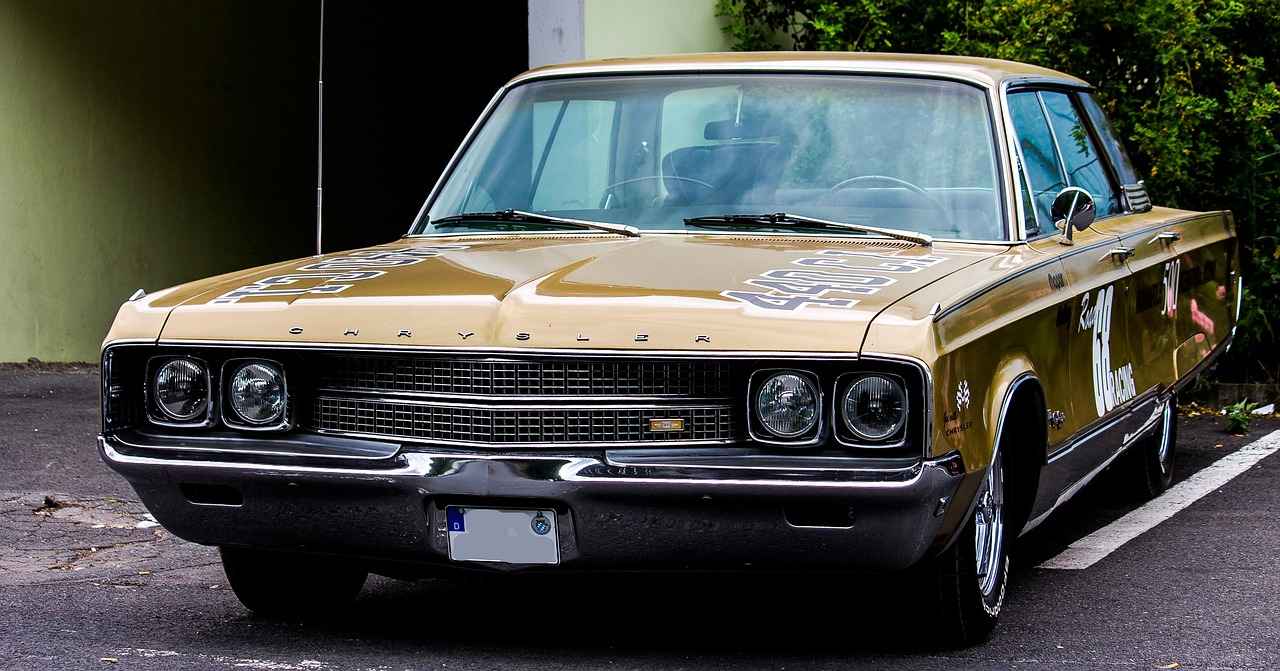
Where to Buy Quality Windshield Wipers?
When it comes to ensuring your vehicle’s safety and performance, purchasing quality windshield wipers is of utmost importance. The right set of wipers not only enhances visibility during adverse weather conditions but also contributes to the overall driving experience. With various options available, knowing where to find these essential components can make a significant difference.
Quality windshield wipers can be sourced from several places, each offering different advantages. Here are some options to consider:
- Auto Parts Stores: Local auto parts stores are a reliable source for windshield wipers. These stores often have knowledgeable staff who can help you choose the right size and type for your vehicle. Plus, you can physically inspect the products before purchasing.
- Online Retailers: Websites like Amazon, eBay, and specialized auto parts retailers provide a vast selection of windshield wipers. Shopping online allows you to compare prices and read customer reviews, ensuring you make an informed decision. Additionally, many online retailers offer competitive pricing and discounts.
- Dealerships: If you prefer OEM (Original Equipment Manufacturer) parts, visiting your vehicle’s dealership is a good option. While dealership prices may be higher, you can be assured of the quality and compatibility of the wipers with your specific vehicle model.
- Warehouse Clubs: Membership-based warehouse clubs like Costco or Sam’s Club often sell windshield wipers in bulk at discounted rates. This can be a cost-effective option if you need to replace wipers on multiple vehicles.
When selecting windshield wipers, consider the following factors:
- Type of Wipers: Understand the different types of wipers available, such as traditional frame-style, beam-style, and hybrid wipers. Each type has its advantages, depending on your driving conditions.
- Size Compatibility: Ensure you know the correct size for your vehicle. Most auto parts stores and online retailers provide guides to help you find the right fit.
- Weather Conditions: Choose wipers designed for your local climate. For instance, winter wipers are built to handle snow and ice, while all-season wipers are suitable for year-round use.
It’s also essential to consider budget when purchasing windshield wipers. Prices can vary significantly based on brand, type, and where you buy them. Generally, you can find quality options ranging from $10 to $50 per pair. Investing in high-quality wipers may save you money in the long run, as they tend to last longer and perform better.
In addition to the purchase location, it’s crucial to pay attention to customer reviews and ratings. Reviews can provide insights into the performance and durability of specific wiper models. Look for wipers that consistently receive high ratings for effectiveness in various weather conditions.
For those who prefer a hands-on approach, many auto parts stores offer installation services. However, if you’re comfortable with DIY tasks, installing windshield wipers can be straightforward. Most wipers come with clear instructions, and online tutorials can provide additional guidance.
In summary, finding quality windshield wipers involves exploring various purchasing options, considering your specific needs, and evaluating budget constraints. Whether you choose to shop locally or online, ensuring you select the right wipers will enhance your driving safety and comfort.
How to Install Windshield Wipers Yourself?
Installing windshield wipers can be a straightforward DIY task that empowers car owners to take control of their vehicle maintenance. Not only does this skill save you money on labor costs, but it also allows you to ensure that your wipers are functioning optimally for safe driving.
When you purchase new windshield wipers, they typically come with a set of instructions that guide you through the installation process. By following these steps, you can quickly replace your old wipers and enhance your vehicle’s visibility in adverse weather conditions.
- New Windshield Wipers: Ensure you have the correct size for your vehicle.
- Screwdriver: Some wipers may require a screwdriver for installation.
- Cleaning Supplies: A cloth and glass cleaner to clean the windshield before installation.
Here’s a simple guide to help you successfully install your new windshield wipers:
- Remove the Old Wipers: Lift the wiper arm away from the windshield. Look for a small tab or button on the wiper blade connector and press it to release the blade. Pull the blade downwards to detach it from the arm.
- Prepare the New Wipers: Take your new wipers out of the packaging and ensure they are the correct size. Check the installation instructions that come with them.
- Attach the New Wipers: Align the connector of the new wiper blade with the wiper arm. Slide it into place until you hear a click, indicating that it is securely attached.
- Test the Installation: Gently lower the wiper arm back onto the windshield. Turn on your vehicle and test the wipers to ensure they operate smoothly without any skipping or noise.
Installing windshield wipers correctly is crucial for maintaining optimal visibility. Improper installation can lead to streaking, skipping, or even damage to the wiper arm or windshield. Ensuring a secure fit not only prolongs the lifespan of the wipers but also enhances driving safety.
- Regular Cleaning: Keep your wiper blades clean to prevent dirt buildup that can cause wear.
- Inspect Frequently: Check your wipers regularly for signs of wear, such as cracks or stiffness.
- Replace as Needed: Follow the general guideline of replacing wipers every 6 to 12 months, or sooner if you notice performance issues.
In conclusion, installing windshield wipers is a manageable task that can be completed in just a few minutes with the right tools and guidance. By taking the time to learn how to do it yourself, you not only save money but also gain a sense of accomplishment in maintaining your vehicle. With proper installation and care, your new wipers will provide clear visibility and enhance your driving safety.
What Are the Costs Associated with Wiper Replacement?
Understanding the costs associated with windshield wiper replacement is essential for effective budgeting and ensuring safety while driving. Windshield wipers play a critical role in maintaining visibility during adverse weather conditions, and knowing what to expect in terms of costs can help you make informed decisions.
The price of windshield wiper replacement can vary widely based on several factors:
- Brand: Premium brands often offer enhanced durability and performance, but they come at a higher price point.
- Type: Different types of wipers, such as traditional frame-style, beam-style, and hybrid wipers, have varying costs. Beam wipers, for example, tend to be more expensive due to their advanced design.
- Installation Method: Whether you choose to install the wipers yourself or hire a professional can significantly impact the overall cost.
On average, the cost of windshield wiper blades ranges from $10 to $30 per blade. Here’s a breakdown:
| Type | Price Range |
|---|---|
| Traditional Frame-Style | $10 – $20 |
| Beam-Style | $20 – $30 |
| Hybrid Wipers | $15 – $25 |
If you opt for professional installation, you can expect to pay an additional $10 to $30 for labor. However, installing wipers yourself can save you this cost and is often a straightforward process. Most wipers come with easy-to-follow instructions, making it accessible for anyone willing to try.
You can find windshield wipers at various locations:
- Auto parts stores
- Online retailers (such as Amazon and eBay)
- Dealerships for specific vehicle brands
Comparing prices across these platforms can help you find the best deal.
In addition to the cost of the wipers themselves, consider the following:
- Taxes and Shipping: If purchasing online, factor in shipping costs and any applicable taxes.
- Maintenance Supplies: Cleaning supplies for maintaining wipers and your windshield can add to your expenses.
By understanding the various costs associated with windshield wiper replacement, you can better plan your budget and ensure that your vehicle remains safe and road-ready. Regularly replacing your wipers not only improves visibility but also enhances your overall driving experience.
Frequently Asked Questions
- How do I know when to replace my windshield wipers?
Look for signs like streaking, skipping, or squeaking noises. If your wipers are not clearing the windshield effectively, it’s time for a replacement!
- Can I use any type of wiper blade for my car?
Not all wiper blades fit every vehicle. Check your car’s manual or consult with a professional to ensure you get the right type for your specific make and model.
- How often should I clean my windshield wipers?
It’s a good idea to clean your wipers every month. This simple maintenance can help extend their lifespan and ensure optimal performance.
- Is it difficult to install windshield wipers myself?
Not at all! Most wiper blades come with easy-to-follow instructions. With a little patience, you can save time and money by doing it yourself.
- What factors can shorten the lifespan of my wipers?
Extreme weather conditions, UV exposure, and neglecting maintenance can all lead to quicker wear and tear on your wipers.

